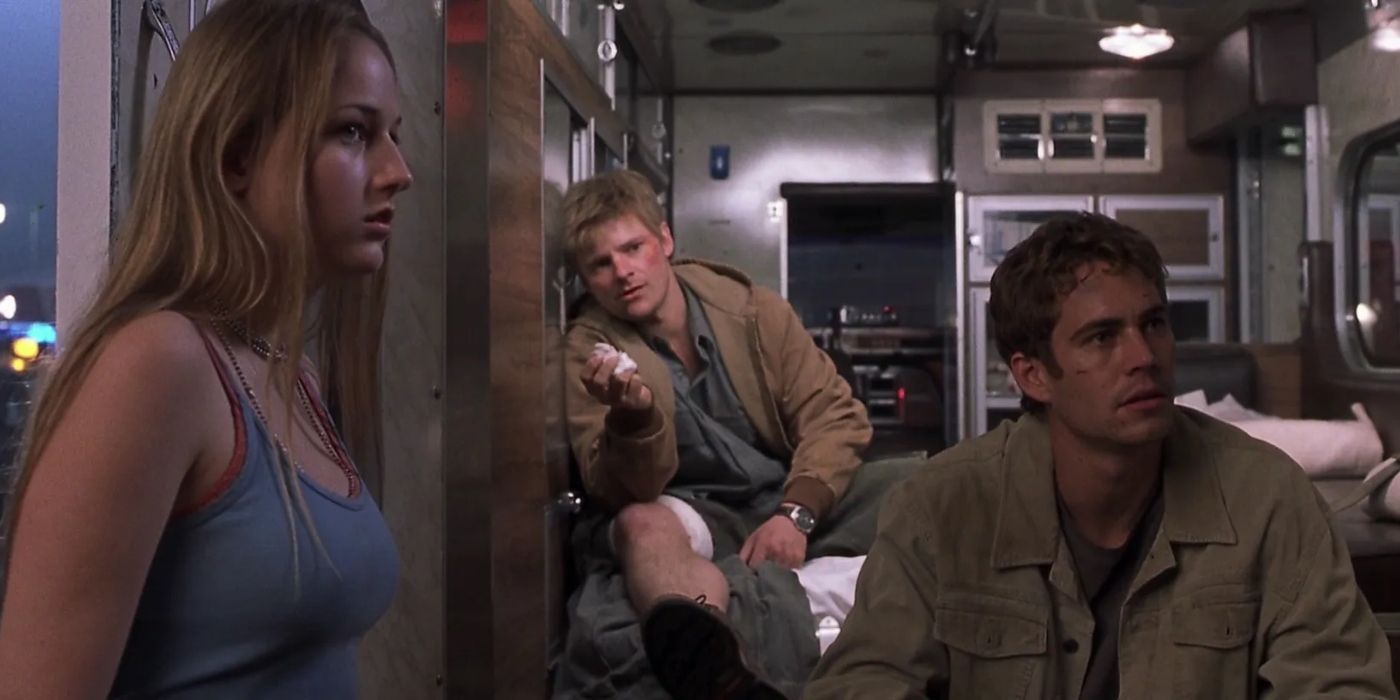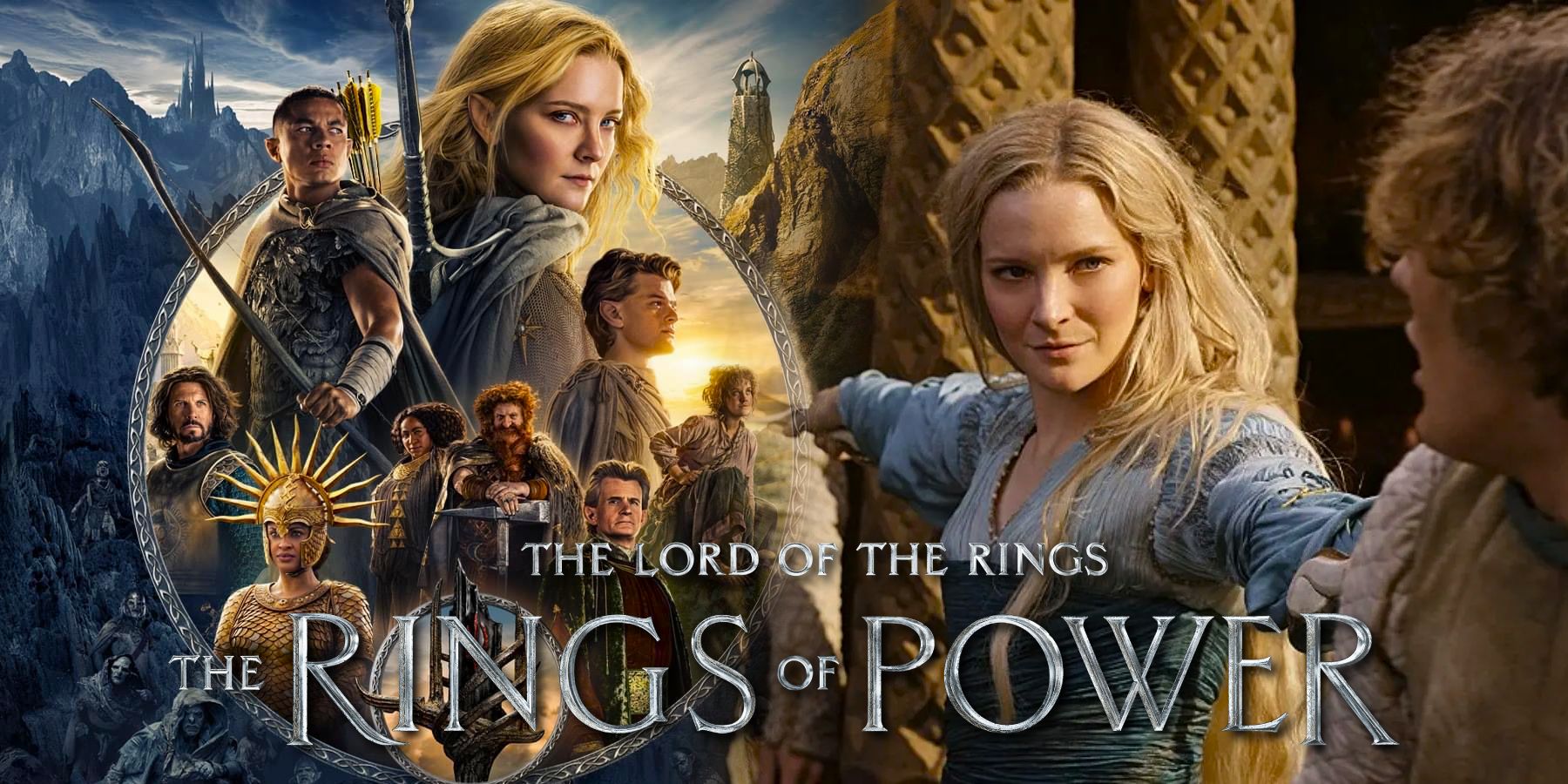Joy Ride (2001): A Chilling Cross-Country Thriller
Joy Ride (also known as Roadkill in some countries) is a 2001 American road thriller film directed by John Dahl and written by J.J. Abrams and Clay Tarver. Combining suspense, dark humor, and psychological terror, the film presents a tense and gripping story that explores the dangers of anonymous pranks and the unpredictable threats of the open road. With standout performances from Paul Walker, Steve Zahn, and Leelee Sobieski, the movie remains a cult favorite among thriller enthusiasts more than two decades after its release.
The story follows Lewis Thomas (Paul Walker), a college student embarking on a road trip to pick up his longtime friend and crush, Venna (Leelee Sobieski), from another university. Along the way, Lewis decides to help his estranged older brother Fuller (Steve Zahn), a fun-loving but irresponsible man recently arrested for petty mischief. To spice up their journey, the brothers install a CB radio in their car and begin talking to truckers along the highway. In a moment of boredom, they play a seemingly harmless prank on a trucker using the radio, pretending to be a woman named “Candy Cane” and luring him to a motel room for a fake romantic encounter. However, the prank turns terrifying when the trucker—known only by his radio handle, “Rusty Nail”—discovers the deception and begins stalking them with chilling determination.

As the road trip spirals into a nightmare, the tension mounts with every mile. Rusty Nail proves to be a relentless and sadistic predator, using his CB radio to taunt the brothers and his massive 18-wheeler to intimidate and endanger them. When Venna becomes involved, the stakes rise even higher, and the trio must band together to survive a deadly game of psychological cat-and-mouse. The film masterfully balances suspense with bursts of action, creating a sense of dread that intensifies as Rusty Nail’s presence becomes more menacing.
The performances in Joy Ride are key to its success. Paul Walker delivers a grounded and likable portrayal of Lewis, while Steve Zahn brings energy and humor to the film, offsetting the darker elements with a believable brotherly bond. Leelee Sobieski, though more limited in screen time, adds emotional depth and vulnerability to the trio’s dynamic. The real terror, however, comes from the unseen villain. Voiced by Ted Levine, Rusty Nail is never fully shown on screen, making him an eerie and omnipresent force that haunts the characters—and viewers—through voice alone.

Director John Dahl employs clever cinematography and minimalistic special effects to create tension without relying on gore. The vast, lonely highways and small-town motels become claustrophobic settings that emphasize the characters’ isolation and helplessness. The script is tight and efficient, using everyday technology like CB radios to fuel the suspense in a uniquely unsettling way.
.jpg)
Though Joy Ride was a modest box office performer upon release, it has since achieved cult status thanks to its compelling premise, sharp writing, and chilling antagonist. It inspired two lesser-known sequels but remains most memorable for its original 2001 film. In the end, Joy Ride is a cautionary tale about the dangers of provoking the unknown—and a reminder that the scariest threats often come from those we never see.



